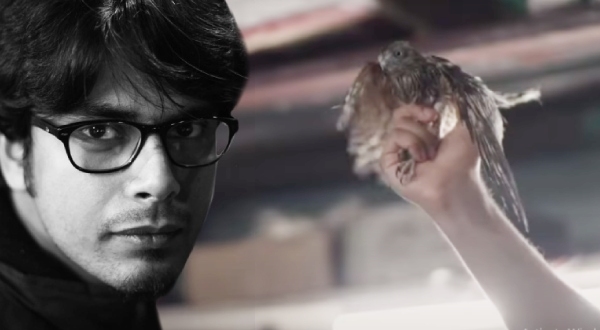This interview with Delhi based film director Shaunak Sen, took place at the café ‘Croisette 72’ in Cannes on 26.05.2022. Shaunak’s documentary ‘All that Breathes’ was the only official entry (Special Screening section) in this year’s (75th) Festival de Cannes from India (other than Ray’s Pratidwandi and Arvindan’s ‘Thwamp’ which were selected in the Classics section). On the 27th, this full length 91-minute documentary bagged Cannes’ highest docu-award, L'Œil d'or (aka the ‘Golden Eye’).
Rupak: Can you talk a bit about your background and the collaboration of the film at first? I see a few names which probably belong from Germany and USA right?
Shaunak: No Germany. There is an American studio involved and British producers. There is a British production house called Rise, and the producers were Teddy Leifer and Florrie Priest.
Rupak: Coming to your background, do you completely belong from Delhi? Do you have connections to Bengal or Kolkata in general?
আরও পড়ুন
Our industry has suffered a lot through the war : Ukrainian Producer Larrisa Gutarevich
Shaunak: Have I visited Kolkata?
আরও পড়ুন
'If there are no photos, there is no Cannes' : Photojournalist Ammar Abd Rabbo
Rupak: Yes, and have you lived there?
আরও পড়ুন
We did not have the choice of being political or apolitical : Maksym Nakonechnyi
Shaunak: Of course I have visited Kolkata but I haven’t lived there.
Rupak: What I mean is, from the perspective of your work, do you feel a connection to the Bengali film industry? Leaving the contemporary film makers aside, do you draw any inspiration from our classic film makers like Satyajit Ray, Ritwik Ghatak, Mrinal Sen and others?
Shaunak: I admire them. But I do not know if my films are antecedents of their work. I am a big fan of Ray of course. But I do not think this film has any connection to that genealogy.
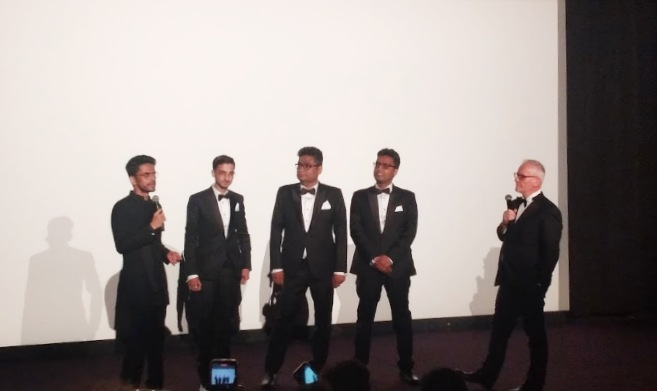 Shaunak Sen at Cannes Film Festival
Shaunak Sen at Cannes Film Festival
Rupak: Thanks for the clear answer. Even though I haven’t seen your last film, but I can’t resist asking you about your inspiration. Can you name a few directors whose work has direct motivation on your style?
Shaunak: Non-fiction ?
Rupak: Yes.
Shaunak: In non-fiction, the work of the Russian master Victor Kossakovsky was a huge deal, because I have never seen the natural world shot with such cinematic beauty. I therefore contacted the cinematographer, Ben Bernhard who has worked with Kossakovsky in films like Aquarela and others. He came down to India and he is the guy who shot for our film. Other than that, in terms of form I find Gianfranco Rossi’s work very influential. I also am very interested in Roy Anderson’s work. So those are the kind of voices that I am very excited about; I mean Kossakovsky specially and to some degree Rossi.
Rupak: Coming to your film, looking into the narrative evolving around the rats, the street animals, the insects, the kite brothers in the backdrop of air-pollution and political-distortion oriented Delhi I can’t help but to feel that you are, at the end, trying to tell the story of your city from a different perspective. Is it so?
Shaunak: I would hope so. These separate animal shots are themselves the title of the film. I want to show the ecological way of entangled life.
Rupak: How did you discover the narrative?
Shaunak: The idea of filming the effect of Delhi’s air pollution on its animals and birds started playing during my fellowship in Cambridge in 2018. The social and political upheaval added to it. I wanted to show a kinship between ‘the living’ through air. I came in touch with the kite-brothers in this context. I guess everybody knows about them.
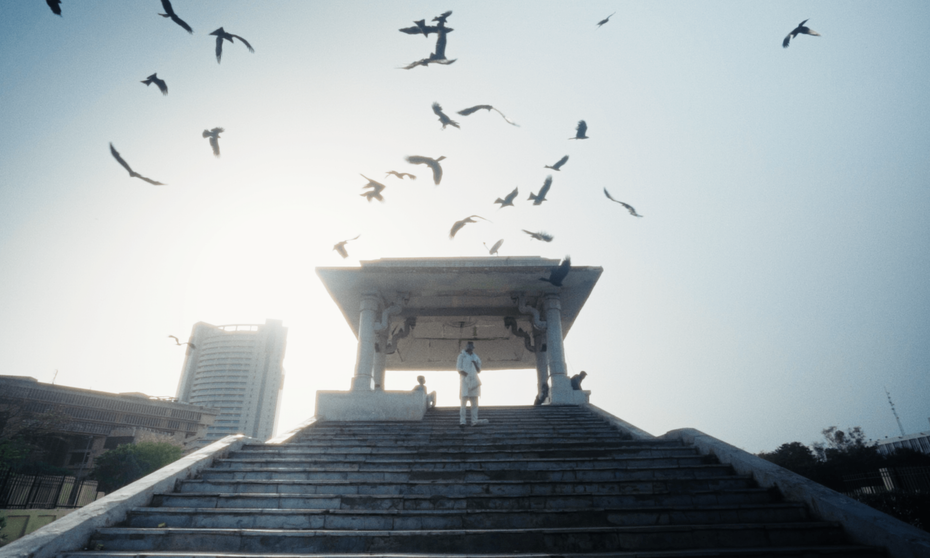 Scene from 'All That Breathes'
Scene from 'All That Breathes'
Rupak: How does narrative form change for you, let’s say from non-fiction to fiction? How would you approach ‘All that breathes’ as a fiction?
Shaunak: I wouldn’t make it as a fiction.
Rupak: Understood! But how does narrative form differ in the two cases, according to you?
(From here Shaunak gets into a bit of hurry; he was getting late for the evening screening.)
Shaunak: (Thinks a bit) I haven’t made long form fictions, so I do not know. Having said that, I would imagine they are different universes altogether. Essentially non-fiction has to do with the world of real life, the felt sense of everydayness, the sense of accident and contingencies. In fiction there is far more control where you are curating an orchestrating. In non-fiction you do not have that kind of independence; and you must have the preparedness for it to be a long haul. ‘Docus’ often take three to four years; fiction takes a-month, two-months to shoot.
Rupak: Are you saying Non-fiction gives the director more power in terms of narrative?
Shaunak: That’s a silly way of putting it. It depends on what project you are doing. Each project has its own power differentials. There is no such, sort of, descriptive formula for it.
Rupak: Coming to the use of music, I am not talking about the sound, but the music has been at points quite ‘eerie’ or uncomfortable to my ears personally, and I do not mean that in a bad way. Can you please walk me through the creative process?
Shaunak: (gets a little uncomfortable) Can you walk me through on what you mean by uncomfortable?
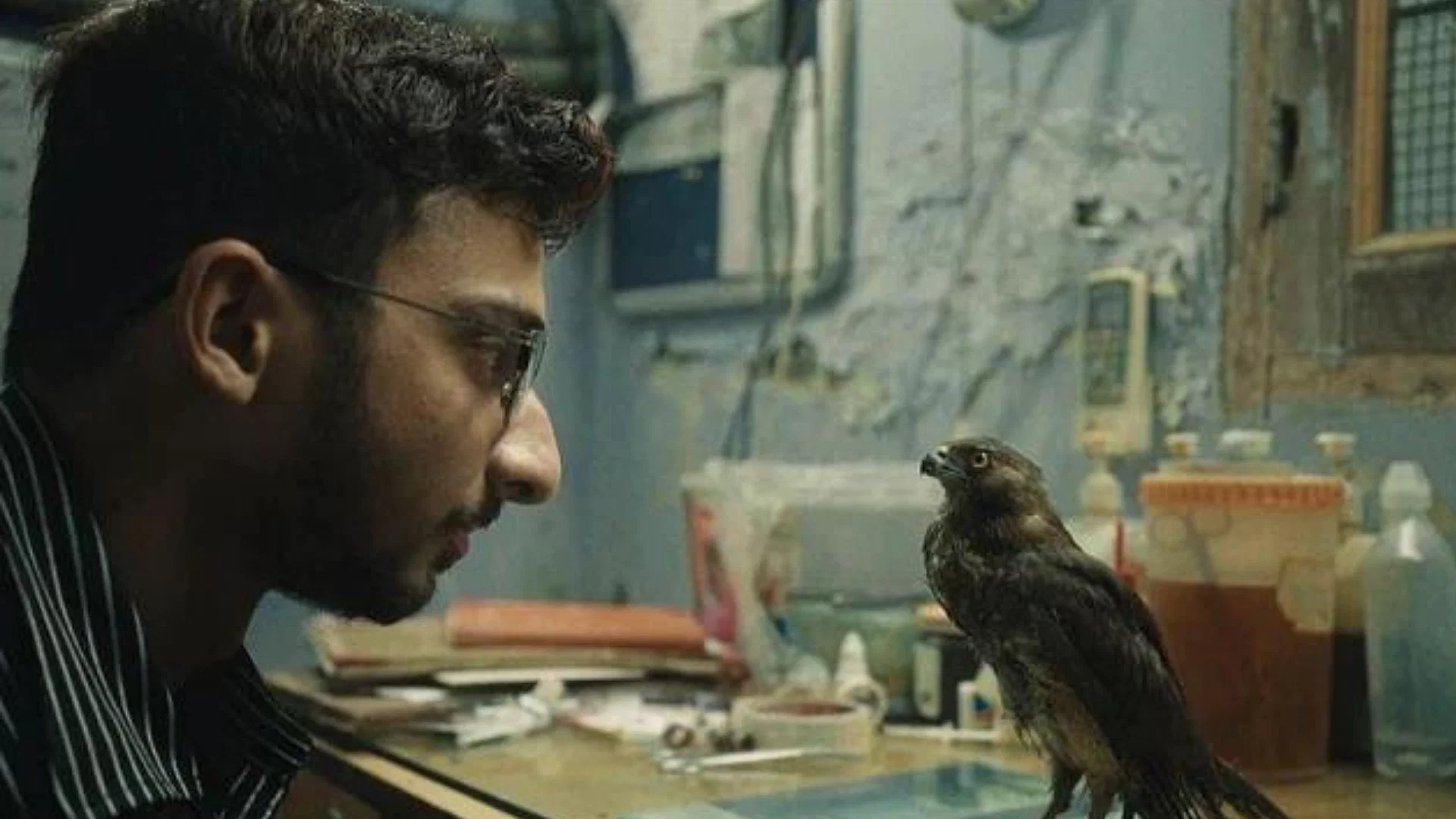 Scene from 'All That Breathes'
Scene from 'All That Breathes'
Rupak: I do not know if I can explain this in a right way. But let’s say it is quite different from the conventional use of music in contemporary Indian documentaries. I want to understand the creative process.
Shaunak: Well, the idea consisted of two things. I wanted to convey the sense of a fairy tale gone wrong. The idea was to invoke a kind of charisma, other worldliness, wonder, etc around the kite brother’s nostalgia and childhood. So that’s one thing which required an aura building. Therefore, me and Roger Goula, the composer, worked with ‘distortion’ genre. Electronic distortion is the main sort of music used in the film. And I really liked the music of the film. I enjoy the fact that sometimes it feels like sound and not music, because distortion according to me is a halfway thing between sound and music.
Rupak: Do you mean chaos? I am not asking about the technicalities of the music been used, but more about the effect it has.
Shaunak: Firstly, I think distortion creates a sensorium that effectively represents a cry, and secondly here it literally uses the street cacophony from the first part of the film, which you know has a sense of wonder and fairy tale and then starts to make it go away; as I said, as if a fairy tale has gone wrong.
Rupak: Thanks for the explanation, Shaunak. Before we conclude I have 2 final questions for you. Firstly, congratulations for representing contemporary Indian cinema in Cannes; having said that we have not seen domestically produced Indian films in major festivals in recent decades. Why do you think this is the case?
(Shaunak was sitting with his back to the café reception, requests to have a look for the bill as he was getting late for the 2nd screening.)
Shaunak: Do you mean that the money is not coming from India?
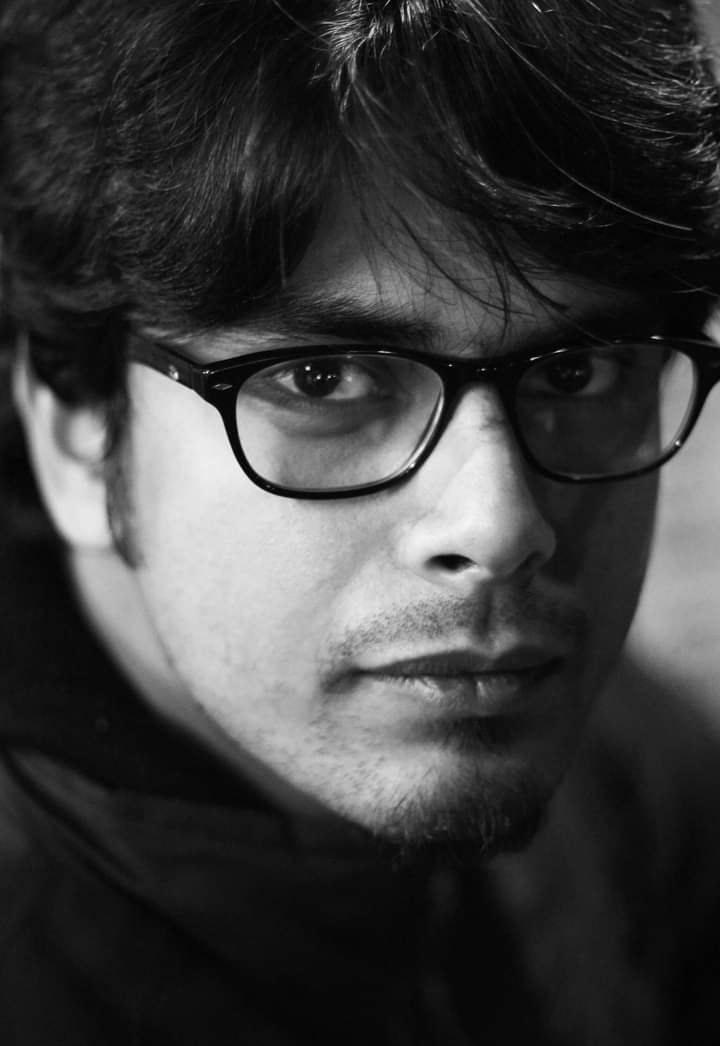 Director Shaunak Sen
Director Shaunak Sen
Rupak: Yes, you can say so. Does it matter?
Shaunak: Frankly, not only does it not matter, but it is also a very boring thought process. One goes to like minded people. The country does not matter. I go to people who are interested, to somebody whose work I admire, it does not matter whether he is German or American or Canadian. I went to the editor because I loved his films. You go to people because you admire them. Your work is what matters, ideas are what matter!
Rupak: To conclude, what would be your message to young aspiring film makers?
Shaunak: Non-fiction ?
Rupak: Yes.
Shaunak: I would say, the biggest thing in non-fiction is to stay patient. Secondly, look for new cinematic grammars and languages; not the often pedantic or traditional-conventional forms which have been somewhat exhausted and fatigued. Look for new creative documentary forms.
Powered by Froala Editor
